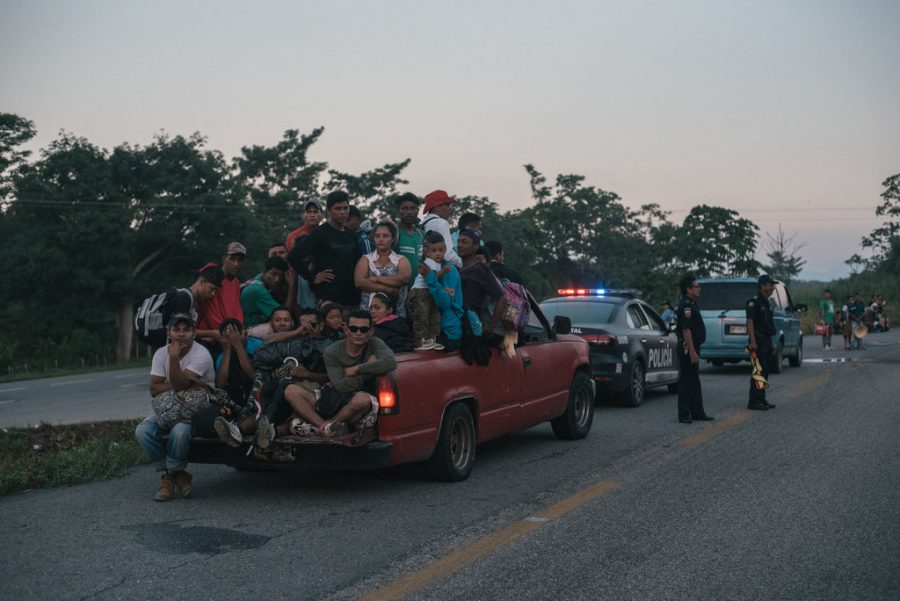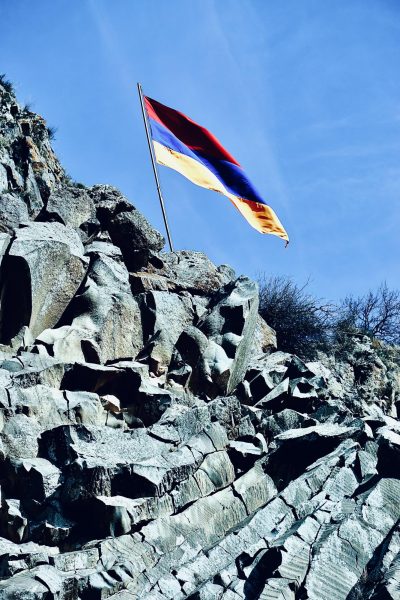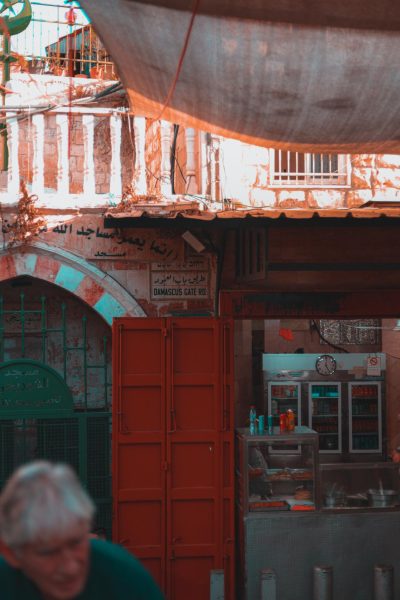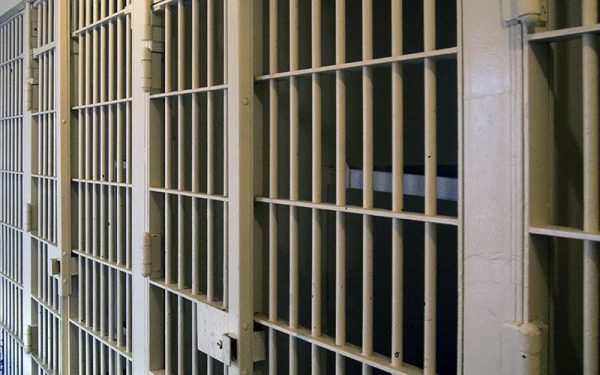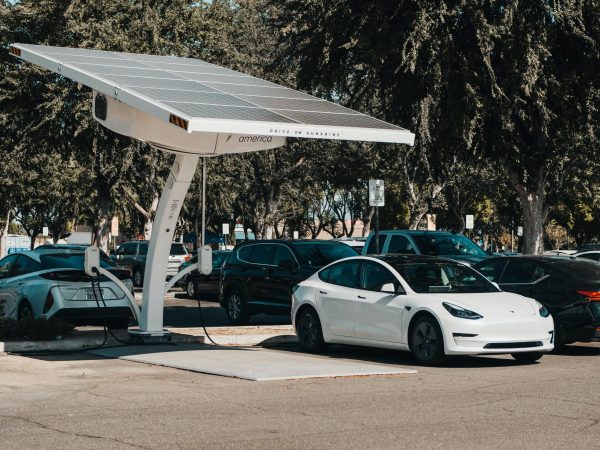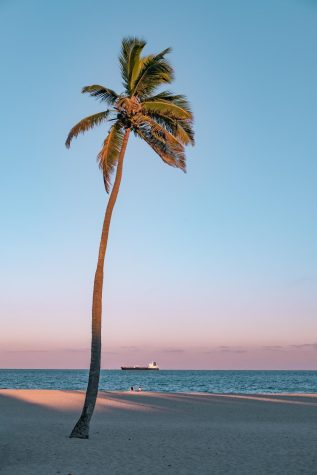The Migrant Caravan Moves North
Over thousands make up the migrant caravan walking north to attempt to make it to the U.S. border; traveling for over two weeks, starting from Honduras, crossing into Guatemala, Mexico, and then the United States.
Composed mostly of single men and some families, they chose to start this journey for reasons ranging from poverty, unemployment, or threats to their lives back at home. All of them share a common goal- to seek and gain asylum in the United States.
The U.N. refugee agency estimated around 7,000 people walking north, with more than 2,000 of them being children. Along the way, numbers have dwindled, as people have fallen ill, been overcome by exhaustion, and some have left to seek asylum in the countries they cross through, like Mexico.
However, the group still remains strong, almost a month after they began a social media campaign in early October. The safety higher numbers in a caravan provides for travelers on dangerous and long journey appeals to many hoping to immigrate. Already, there have been threats of kidnappers and thieves to attack the caravans when they stop at night, even though so far nothing has been reported. A New York Times journalist following the migrants on their journey found that many of the older men on the journey stand watch over the families when they rest. A community is forming while the walk and anticipate their future.
Local communities have been supportive, and crucial, in aiding caravan members. They provide them with supplies, food, and shelter. But the harsh journey has taken a toll on the caravan- many are experiencing fevers, conjunctivitis, dehydration, and blisters. Medical aids try to help, one town in Mexico treated more than 4,000 people in one day, but without the proper resources, like footwear, the relentless pace of the caravan is trying.
In ninety degree temperatures, the caravan covers about twenty miles a day, stopping, in towns when they can, at night. A local church or business might offer them food, a place to stay, or medical services. They try to get as much rest as possible and start again. The next day, some will stay behind, choosing to build a new life in that town, or needing to recover from injuries too overwhelming to go on.
While local communities have been largely supportive of the caravan, the governments awaiting their arrival, namely the Unites States, have been outspoken in their disdain. President Trump has used the migrant caravan as a focal point in his rally speeches as midterm elections draw near, calling it an “invasion of our country”.
On October 29th, Trump announced that by the end of this week he would be deploying over 5,000 active duty members of the military, combined with the Border Patrol agents and the 2,000 National Guard troops already stationed there.
Such a rush to reinforce the border, when the caravan is still many weeks away and dwindling by the day, led some to call out the deployment of the troops as a prop to boost the President’s message before the midterm elections. Halting illegal immigration, especially from Central America, is a heavy focal point of the Trump administration and campaign.
However, time will tell the true outcome of both the caravan and the troops awaiting them. A long journey is still left for the travelers, and a long week before voters head to the ballots, for America.

